Aloe aculeata crousiana Succulent Pack of 10 seeds
₹199.00
In stock
SKU: aloeaculeata
Category: cactus and succulent seeds
Aloe aculeata crousiana: Hardy Succulent and Uncommon
Aloe aculeata crousiana is an uncommon Aloe aculeata that is hardy. aculeata possesses extremely popular flowers that are succulent. Hard, spiny leaves and the fact that it can grow in dry regions make this variety a unique favorite among most.
| Number of Seeds | 10 seeds |
|---|---|
| Temperature | Above 30C |
| Blooming Month | April To Dec |
| Sowing month | Feb to Oct |
| Sun | Full sun except may june |
Appearance
Aloe crousiana has thick fleshy leaf. The leaves are reddish-brown spiny on the margins and green. The spines beautify the plant and also defend the plant against herbivory. The plant is 60 cm (approximately 24 inches) tall.
Aloe aculeata crousiana During its blooming period, typically late spring or winter, the plant has flower stalks of long flowers. The flowers are orange or yellow in color. The flowers provide patches of color in the environment and make the plant even more lovely.Chui mui seeds same weather as aloe
Natural Habitat
This aloe is indigenous to South Africa and thrives most in dry rocky conditions. It prefers well-drained soil, which is mostly found on slopes or hillslopes. Because it has been adapted to be in the most unfavorable conditions, it is highly drought-resistant and does not take up much water.
Care and Growing Conditions
If you wish to cultivate Aloe aculeata var. crousiana, you must give it proper conditions.
- Soil: Provide good drainage soil, i.e., cactus or succulent mix.
- Watering: Water very sparingly. Make soil dry completely before the next watering.
- Sunlight: Place in full sun or part shade. It requires at least six hours direct sunlight daily.
- Temperature: It likes warm temperatures and is not frost hardy. If you have a cold spot, plant it in a pot and move it indoors in winter.
Aloe aculeata crousiana Propagation
Aloe aculeata var. crousiana grow from seed or cutting It is slower with seed propagation, but it brings genetic diversity. Offsets or small plants that form at the base of the plant can be easily removed and planted. It is faster and simpler.
Uses and Benefits
Aloe aristata is ornamental plant. The plant’s odd shape is an ideal addition to a xeriscaping bed, rock garden, or succulent garden. It is even pollinator-friendly and will give the landscape some energy.
Conclusion
Aloe aculeata var. crousiana is a strong and gorgeous plant that tolerates dryness. Its easy to grow plant. The plant has spiny leaves, gorgeous flowers, and toughness, which makes it very desirable for succulent cultivators. If you prefer low-maintenance plants, then this aloe is ideal for you.
| Color | Green |
|---|---|
| Growth Pattern | Up right Straight |
| Germination Level | Hard |
| Hybrid or Open Pollinated | Open Pollinated |
| Ideal location | Partial Sun |
| Origin Country | UK |
Be the first to review “Aloe aculeata crousiana Succulent Pack of 10 seeds” Cancel reply
You must be logged in to post a review.
FAQs
How to germinate Cactus from seeds
Fill a 4-inch pot with perlite vermiculite and peat moss. Then water it fully, then place the seeds on top of the mix and press with a finger, do not cover the seeds, then cover the pot with plastic or keep the entire pot in a zip lock closed.
Related products
cactus and succulent seeds
Astrophytum Asteria Superkabuto Seeds rare Cactus Seeds Pack of 10 seeds
₹199.00
cactus and succulent seeds
₹199.00



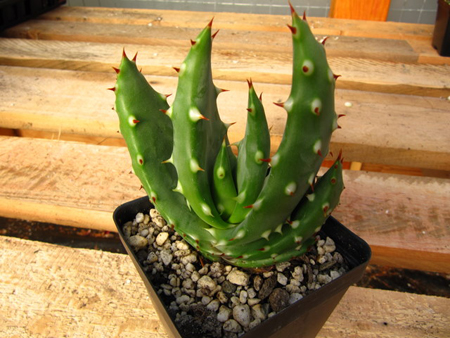
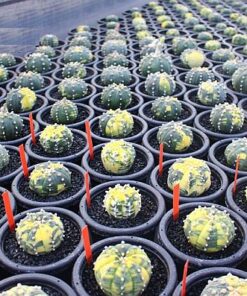
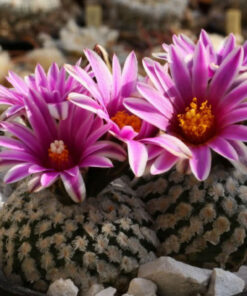
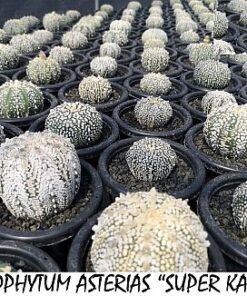
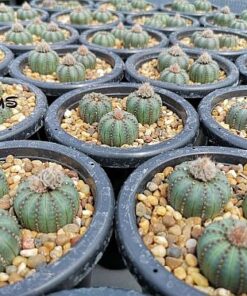
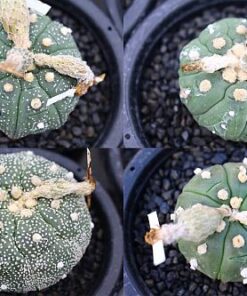
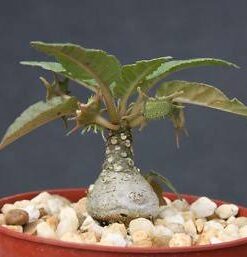
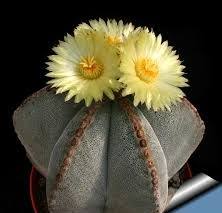
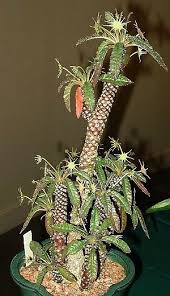
Reviews
There are no reviews yet.